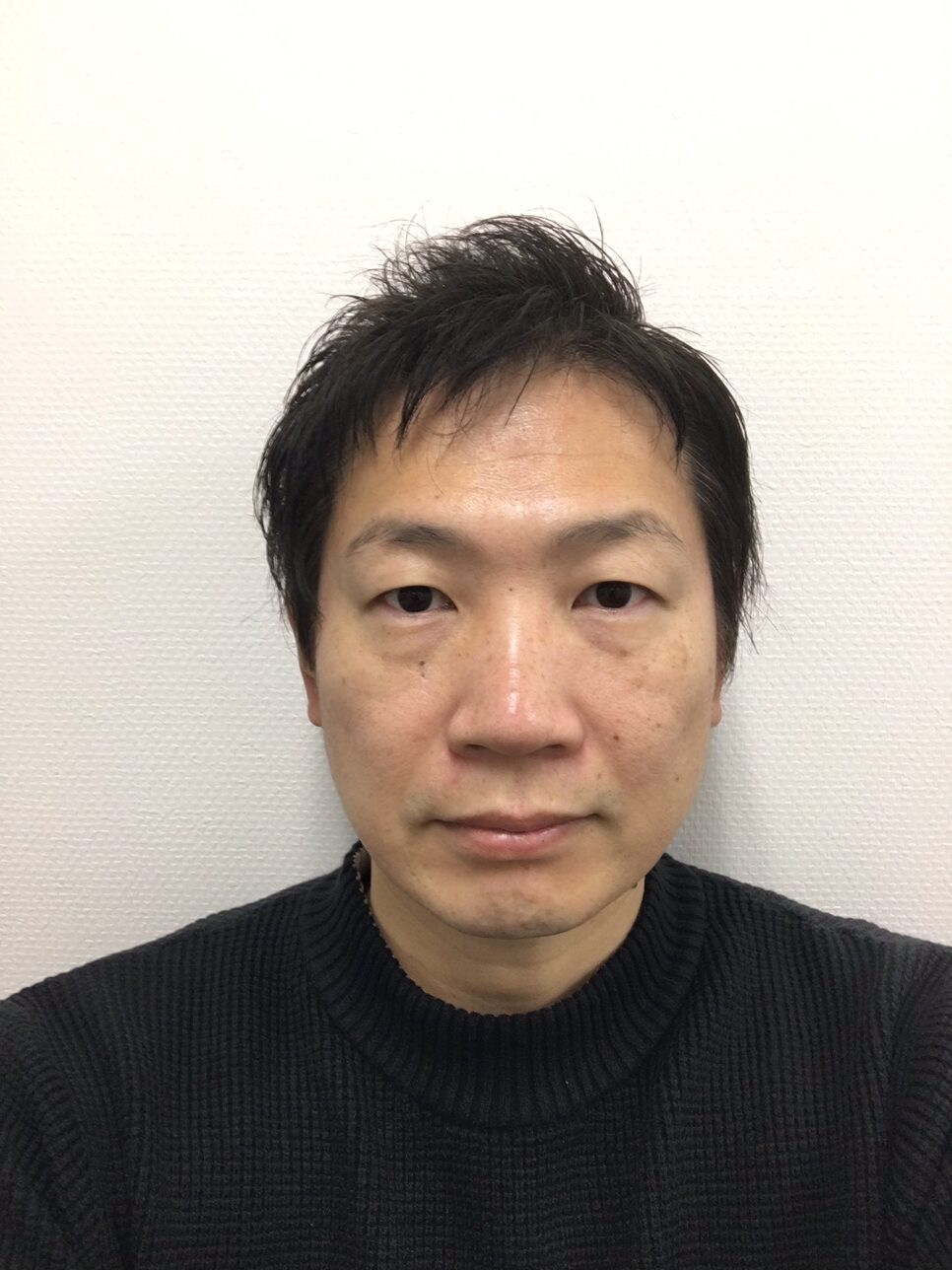Related Outline
Self-organizing patterns of multicellular movements emerge from the dynamic interplaying of biochemical signaling and force generation, shaping tissues and organs. Our recent research suggests that separation of cell-cell contact induces activation of actomyosin contractility for zippering and neural tube closure in ascidian embryos. In this team of the Transformative (A) research area, I aim to elucidate the mechanism by which the separation of cell-cell contacts regulate the activation of actomyosin contractility during ascidian neural tube closure.
Career
Hidehiko completed his doctoral degree at Osaka university in 2011, for his work on understanding mechanisms of loss of competence to responding to inductive signal for ascidian notochord induction in the laboratory of Dr. Hiroki Nishida. He did his postdoctoral work with Dr. Edwin Munro at University of Chicago working on elucidating mechanical basis for zippering and neural tube closure in ascidian embryos. He was appointed as Assistant Professor in the laboratory of Dr. Takeo Horie at Osaka university, Frontier Biological Sciences in 2022.
Representative Achievements
- Differential expression of a classic Cadherin directs tissue-level contractile asymmetry during neural tube closure
Hidehiko Hashimoto, Edwin Munro.
Developmental Cell
DOI: https://doi.org/10.1016/j.devcel.2019.10.001 - Sequential contraction and exchange of apical junctions drives zippering and neural tube closure in a simple chordate
Hidehiko Hashimoto, Francois Robin, Kristin Sherrard, Edwin Munro
Developmental Cell
DOI: https://doi.org/10.1016/j.devcel.2014.12.017

